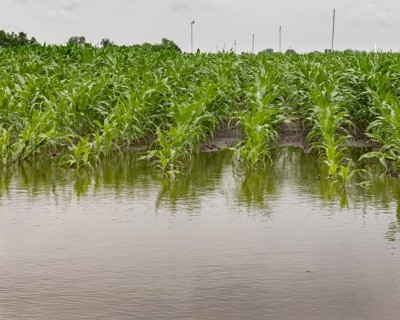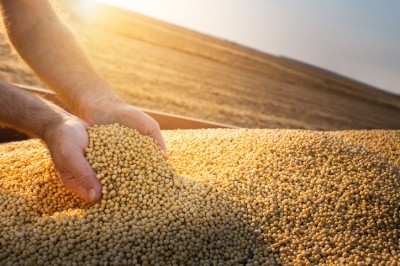Bearish maize market due to large global supplies

However, the UK analysts said potential agreement between the US, Russia and Saudi Arabia over oil production caps could offer some support, for crude and subsequently ethanol/maize.
While the outlook for maize remains bearish owing to large global supplies, one or two supporting factors are beginning to emerge in Brazil, added the grain and oilseeds market specialists.
“Dryness in the southern safrinha crop regions of Brazil and reported stronger ethanol demand have supported cash prices.”
Global wheat futures continued to fall last week before recovering slightly on Friday [April 3], noted the report.
“For wheat, we seen some pressure from reduced US export sales, coming in below industry expectations at 73K tons. Support for export prices was seen when the Egyptian state grain buyer (GASC) cancelled their latest wheat tender last week, shortly after announcing it.”
Black Sea politics and conditions continue to be an important watch point for grain markets, they said.
“From a crop conditions perspective, the [Black Sea] region remains dry. Soil moisture indices are well down on year ago levels, with rainfall lacking in the forecast. While not critical yet, it is a situation that requires monitoring.”
Boost for canola production in Australia
A new USDA report shows Australian oilseed production in marketing year (MY 2020/21) is set to recover following years of drought-impacted crops.
For canola, higher prices and much better soil moisture at sowing are expected to result in an expansion of planted area.
"While canola crush is forecast to remain steady, greater supply is expected to boost canola exports to the European Union and key Asian markets."
For cottonseed, plentiful rains in early 2020 are just starting to replenish some key irrigation stores and boosting the prospect of a somewhat larger (yet still far below average) cotton crop in MY 2020/21, said the USDA. "This would provide greater cottonseed supplies to the livestock industry, especially as crush is still expected to remain minimal."
Soybean situation
Chicago soybean May-20 futures fell $10/t last week on worries about the impact of the coronavirus on the global and US economies, reported the AHDB analysts.
It was also a volatile week for Malaysian palm oil futures. In the first half of the week prices gained as some plantations in Malaysia closed to try to control spread of coronavirus.
The USDA supply and demand estimates (WASDE) report is published on Thursday, April 9.








